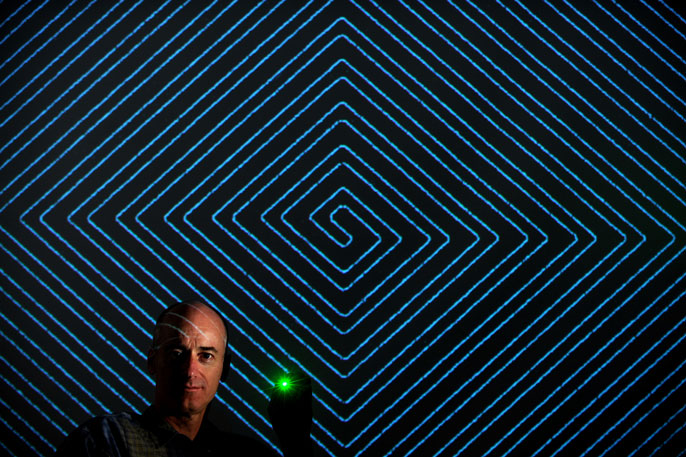
Image: James Almond/Flickr
New research from the University of Washington is opening another avenue in the quest for better batteries and fuel cells. But this research is not a breakthrough in efficiency or longevity, rather a tool to more closely analyze how batteries work.
While we’ve come a long way from the voltaic pile of the 1800s, there is still much work to be done in the field of energy storage to meet modern day needs. In a society that is looking for ways to power electric vehicles and implement large scale grid energy storage for renewables, batteries and fuel cells have never been more important.
A research team from the University of Washington – including ECS members Stuart B. Adler and Timothy C. Geary – believes that these improvements will likely have to happen at the nanoscale. But in order to improve batteries and fuel cells at that microscopic level, we must first understand and see how they function.
[MORE: Read the full journal article.]The newly developed probe offers a window for researchers to understand how batteries and fuel cells really work.








